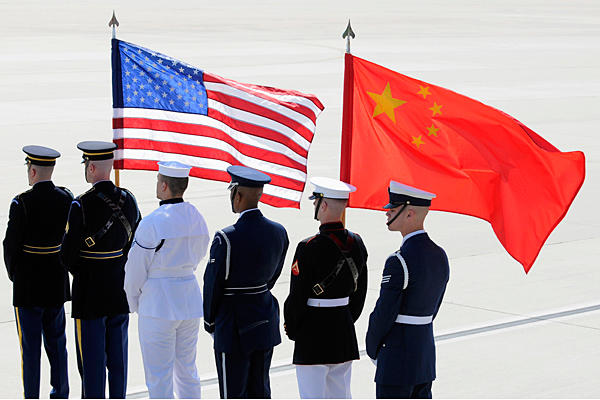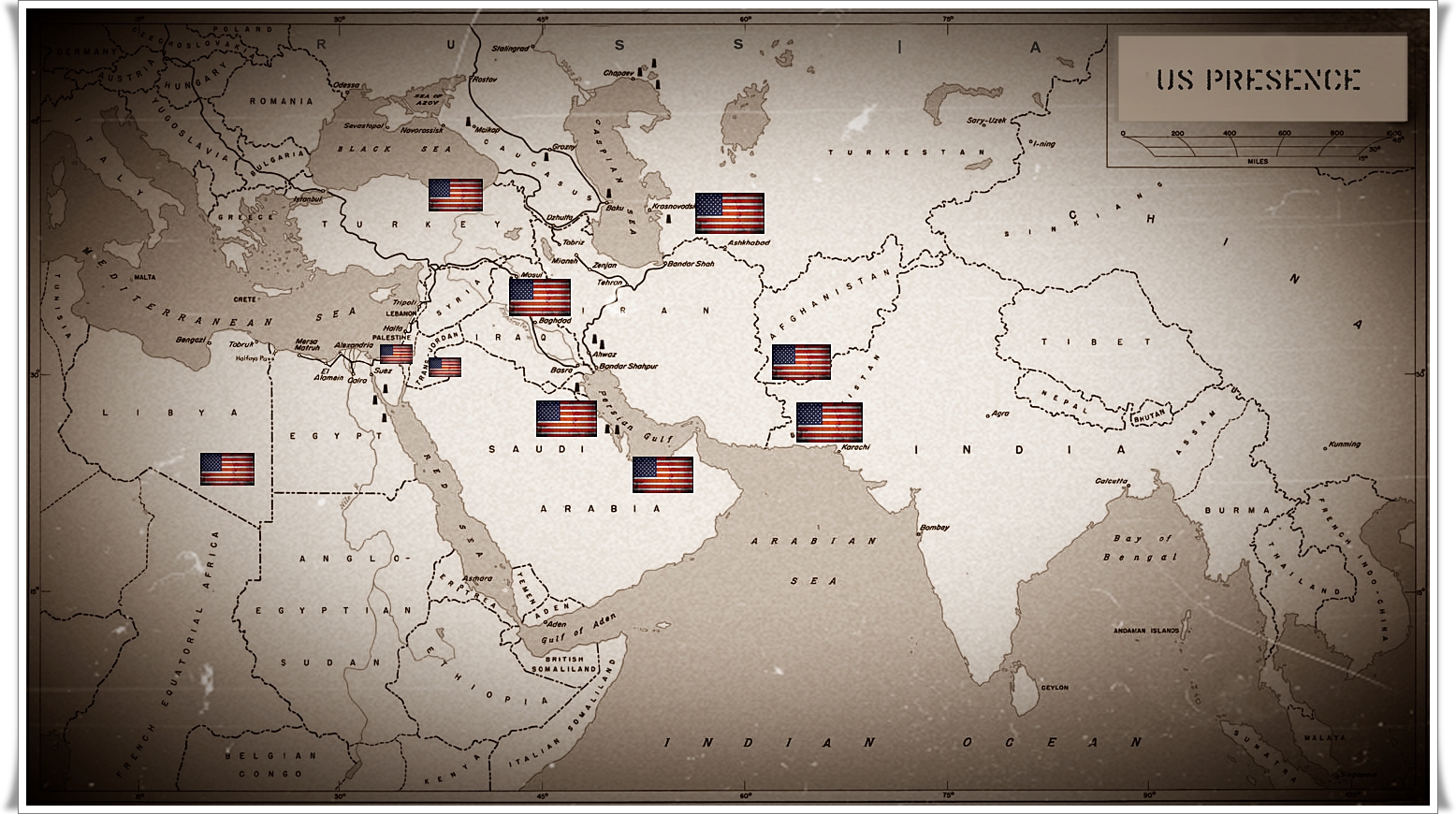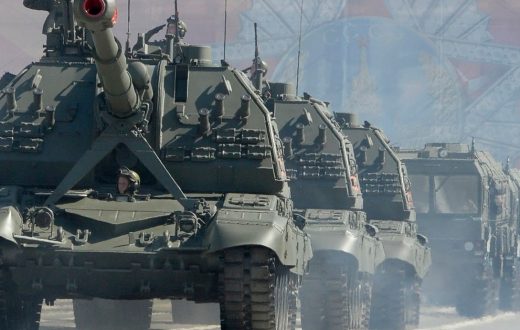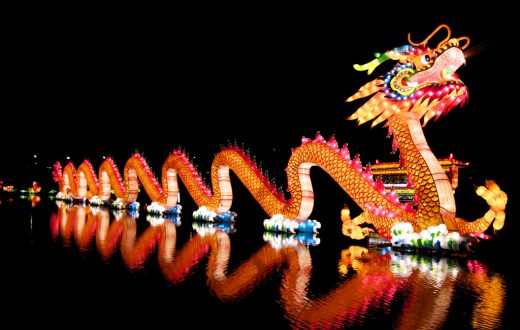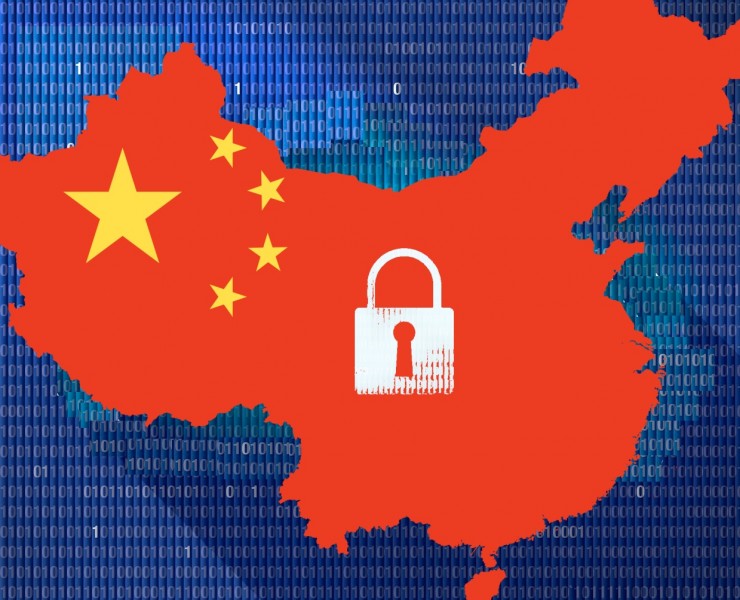Forecast
- Even as tensions in the Pacific Rim increase, military ties between China and the United States will become tighter.
- China will continue to cooperate with the United States and Japan to establish mechanisms to manage crisis situations.
- U.S. arms sales to Taiwan near the start of 2016 will not lead China to suspend military relations with the United States.
Analysis
After reaching their apex in the final decade of the Cold War, military-to-military ties between China and the United States entered a two-decade tailspin. In the interlude, China emerged as a major power in the Pacific Rim. Now, with Beijing’s regional heft at an all-time high, regional military tensions are elevated, especially in the disputed waters of the South China Sea. In this volatile environment, the United States and China are now looking to military relations as a tool for developing strategic trust, making accidents less likely and helping to manage them when they inevitably occur.
Since 2011, and especially since Xi Jinping assumed the presidency in China, the two sides have worked to rebuild their relationship. This process is now speeding up. On Nov. 19, the People’s Liberation Army hosted a U.S. Army delegation in Beijing for the first meeting of the U.S.-China Army-to-Army Dialogue. The initiative was signed between the defense establishments in June and includes a raft of confidence-building measures. It is part of a trend that will continue even as military tensions grow in the Pacific Rim.
Highs and Lows
Military relations between China and the United States were at their height in the final decade of the Cold War. The foundation of the relationship was a shared interest in countering the power of the Soviet Union, Beijing’s regional rival and Washington’s global competitor. When Deng Xiaoping assumed power in 1979, Washington and Beijing formed an entente to counter Moscow. At the height of these relations, the United States sold military equipment to China and even agreed to transfer military technology to the People’s Liberation Army, a move that would be unthinkable today. These technology transfers included a modern ammunition production line and an avionics upgrade for Chinese J-8 fighters. China reciprocated by allowing the United States to operate a listening post in the northwestern province of Xinjiang to collect data on Soviet nuclear tests.
This cordial relationship broke down suddenly when the Chinese military cracked down on protesters during the 1989 Tiananmen Square Incident, but its real decline was due to the crumbling of the Soviet Union. In response to Tiananmen, the administration of U.S. President George H.W. Bush cut military ties with China, suspended technology transfers and imposed sanctions that prohibited U.S. arms sales. These restrictions are still in place. But Beijing’s crackdown on protesters was merely the catalyst. At the height of Sino-Soviet tensions, China’s military had stared down more than 30 Soviet armored divisions to the north, as well as the threat of battle-hardened and Soviet-aligned Vietnam to the south. By 1989, however, the Soviet Union was already beginning to fall apart, bringing an end to the mutual threat that had united Washington and Beijing. As Soviet power collapsed, most of its forces on the border were withdrawn. With the former Soviet space in disarray, China no longer had to devote its resources to this long land border. Freed up from this obligation, China turned its attention to maritime disputes in the East and South China seas. The People’s Liberation Army has also returned its focus to reunification with Taiwan, the most acute point of tension with the United States.
Though the end of the anti-Soviet entente made a decline in military ties inevitable, the degree to which they deteriorated was remarkable under the presidencies of both Jiang Zemin and Hu Jintao. Efforts to mend the relationship began in 1993 with the resumption of military-to-military ties, but crises frequently disrupted progress, particularly the collision of a U.S. surveillance plane and Chinese fighter in April 2001 over the South China Sea. This collision, known as the Hainan Island incident, led the United States to once again suspend relations. Compared to the 1980s, China also became far more willing to cut ties to make a political point, frequently canceling planned visits and formal communications between the People’s Liberation Army and U.S. military. These disruptions became Beijing’s default response to major U.S. arms sales to Taiwan.
Beijing and Washington put in place several communications mechanisms during this period, including the Defense Telephone Link in 2007; these often went unused. Senior U.S. officials involved in the many Sino-American crises during this time recalled frustration with China’s seeming unwillingness to answer phone calls. Unstable relations and unreliable communications made conflict resolution difficult at a time when increasing Chinese force projection capabilities made clashes between China and its neighbors more likely.
A New High
In recent years, the military-to-military relationship has begun to stabilize once again. Although it is by no means back to pre-1989 levels, neither country has canceled major military interactions since 2011. This improvement roughly corresponds with the start of Xi Jinping’s tenure as vice chairman of China’s Central Military Commission, the military’s core leadership body, in October 2010. He later became chairman in November 2012. This was an early indication of his interest in strengthening military-to-military relations during his presidency, which began in March 2013.
Under Xi, the People’s Liberation Army has increased the frequency of joint drills with the U.S. military, culminating in the United States inviting the Chinese navy to participate in RIMPAC 2014, the world’s largest multilateral naval exercise. This was a symbolic milestone. The People’s Liberation Army also built up its regularized communication mechanisms with the U.S. military, including the army-to-army dialogue that kicked off in November. More critically, the Chinese military made a serious effort to establish and implement crisis management mechanisms. At the 2014 Western Pacific Naval Symposium, the People’s Liberation Army Navy agreed to abide by the Code for Unplanned Encounters at Sea, which establishes common protocols for interactions between naval vessels to reduce accidents. In September, China signed a bilateral agreement with the United States governing air-to-air encounters as well as protocols governing the use of the Defense Telephone Link. The two navies are also set to hammer out a set of rules on ship-to-ship encounters in the near future.
What is most notable about these newly stabilized military-to-military ties is that they come during a period of tumult between China and the United States as well as China’s neighbors. Under Xi, Chinese incursions in the Japanese-controlled Diaoyu/Senkaku Islands have increased. China also declared an Air Defense Identification Zone over the East China Sea while accelerating land reclamation in the South China Sea. This is partly due to the fact that the People’s Liberation Army itself appears to have shifted its attitudes and now believes that military-to-military ties with the United States can bring it tangible benefits. At the same time, China’s top political leadership now recognizes the need for more tools to manage disputes.
Above all, however, these changes are symptomatic of China growing into its role as a great power in all respects, including how it handles military relations. Like the Soviet Union, China is discovering that great powers need ways to manage crises with their potential military opponents — something uniquely important given China’s increasingly global interests. There are diminishing returns to politicizing the U.S.-China military relationship. To do so would both raise the risk of a military crisis with the United States and make it politically easier to isolate China from regional security arrangements. This is doubly critical as Japan makes strides in military normalization that further complicate China’s periphery.
China’s commitment to stable military ties with the United States will be tested very soon. The first major Taiwan arms sale since 2011 is coming up, likely in December 2015 or January 2016. This will be especially important to watch given China’s stock response to such deals under the previous two administrations: suspending U.S. military-to-military ties. The latest source information, however, indicates that China will likely only make pro forma responses of displeasure and not suspend ties. The Chinese leadership now highly values military-to-military ties and has made obtaining an invitation to RIMPAC 2016 a political priority. Although the bilateral military relationship will likely not return to the highs of the 1980s, it will remain much more robust and stable than that of the period between Tiananmen and the end of Hu Jintao’s presidency.

